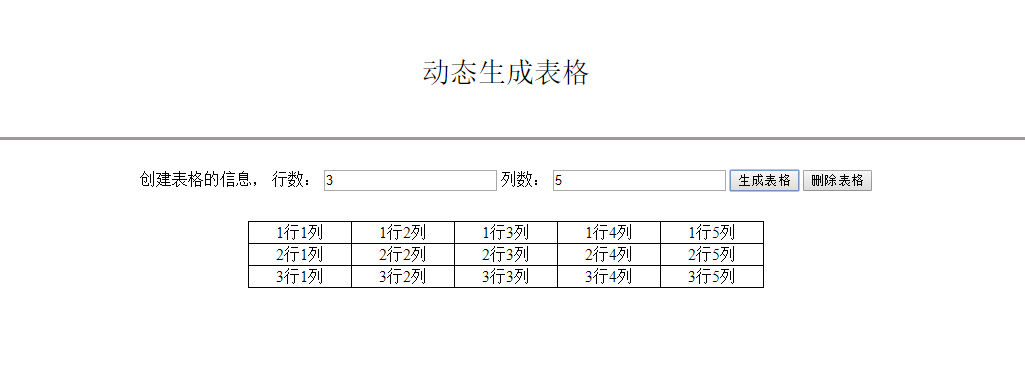I have four CSVs with the same header information, each representing a quarterly result within a year.
Therefore for one result I can load it and display it into a dataTable simple via
d3.csv("data/first-quarter"), function(dataQ1){
dataQ1.forEach(function(d){
d.callTypes = d['Call Types'];
d.callDesc = d['Call Description'];
d.callVol = d['Call Volume'];
d.quarter = 'Q1';
});
var facts = crossfilter(dataQ1);
var timeDimension = facts.dimension(function(d){
return d.quarter;
});
dataTable
... //data table attributes
dc.renderAll();
});
However complications arise when I try to retrieve from multiple sources and append the results.
One approach I took was to place all the file path names into an array and iterate through a forEach, with a flag to show when it was the last iteration to render the table. But this failed with a "Too many recursion" error.
And the next was to nest as such
d3.csv(filesPathNames[0], function(dataQ1){
d3.csv(filesPathNames[1], function(dataQ2){
d3.csv(filesPathNames[2], function(dataQ3){
d3.csv(filesPathNames[3], function(dataQ4){
But both of these methods seem to not work due to the fact that I can't simply add one CSV value to another. So I think where I'm having an issue is that I'm not sure how to concatenate dataQ1, dataQ2, dataQ3, and dataQ4 properly.
Is the only solution to manually append one to another with an added value of Q1, Q2, Q3, and Q4 as the time dimension?




